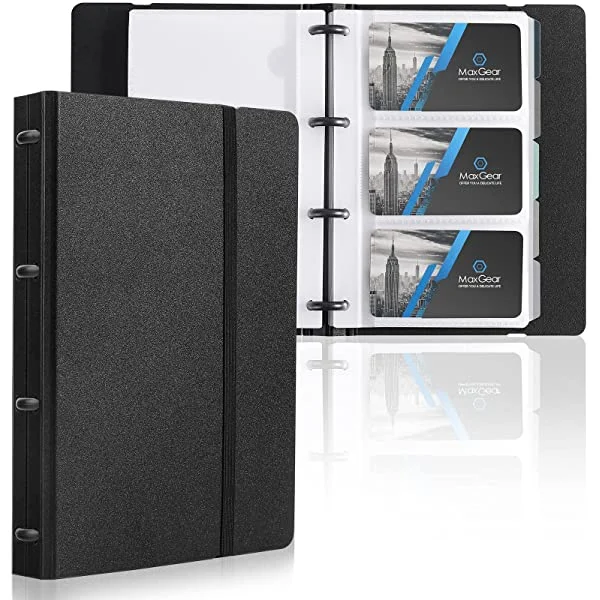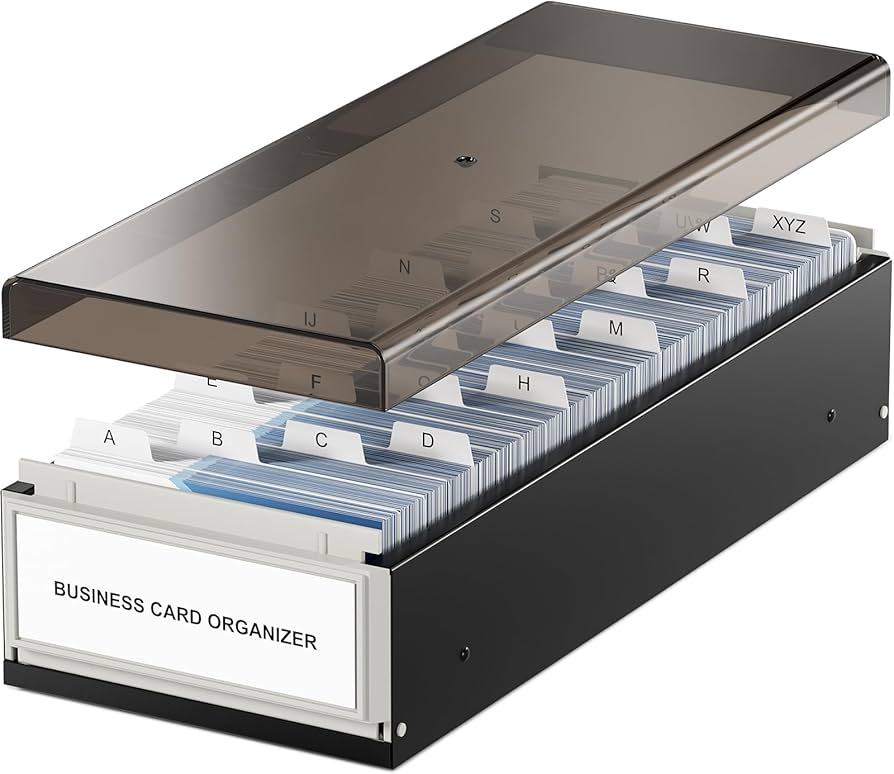Understanding the Importance of Secure Credit Card Storage
The consequences of inadequate credit card storage can be severe. From the inconvenience of replacing stolen cards and dealing with fraudulent charges to the potential for significant financial loss and damage to your credit score, the risks are substantial. Implementing robust credit card storage practices is not merely a suggestion; it’s a necessity in today’s world where both physical theft and cybercrime are prevalent. By taking proactive steps to secure your credit cards, you are investing in your financial well-being and protecting yourself from unnecessary stress and complications.
Physical Credit Card Storage: Traditional Methods with Modern Considerations
While digital solutions are increasingly common, the physical storage of your credit cards remains a relevant concern. Here are some traditional methods and how to optimize them for security:
Wallets and Cardholders: The classic approach. Opt for wallets and cardholders made from durable materials with RFID-blocking technology. This helps prevent unauthorized scanning of your card information by nearby devices. Consider slim wallets that are less conspicuous and harder for pickpockets to target. Regularly declutter your wallet, carrying only the credit cards you frequently use.
Secure Home Storage: When you’re at home, consider storing infrequently used credit cards in a secure location such as a home safe or a locked drawer. This adds an extra layer of protection against theft. Ensure that these locations are not easily accessible to visitors.
Separate Storage: Avoid keeping all your credit cards in one place. If your wallet is lost or stolen, you won’t lose all your access to credit simultaneously. Consider keeping one or two less frequently used cards in a separate, secure location at home.
Remember, even with physical storage, vigilance is key. Never leave your wallet or purse unattended in public places. Be aware of your surroundings and report any lost or stolen credit cards immediately to your issuing bank.
Smart Credit Card Storage: Leveraging Technology for Enhanced Security and Convenience
Digital advancements offer innovative ways to manage and secure your credit card information. These “smart” credit card storage solutions can provide both enhanced security and greater convenience:
Mobile Wallets and Payment Apps: Services like Apple Pay, Google Pay, and Samsung Pay tokenize your credit card information, replacing your actual card number with a device-specific digital account number. This means that even if your phone is compromised, your full credit card details are not directly exposed during transactions. These apps often require biometric authentication (fingerprint or facial recognition) for added security.
Password Managers with Secure Note Features: Reputable password managers often offer secure note functionalities where you can store encrypted information about your credit cards, such as the card number, expiry date, and security code. Access to this information is protected by a strong master password and sometimes two-factor authentication. However, exercise caution and only use well-established and trusted password manager applications.
Banking and Credit Card Apps: Many financial institutions offer their own mobile applications that allow you to view your credit card details securely after authentication. Some even provide features like temporary card locking and transaction monitoring, giving you greater control over your credit card security.
When utilizing digital credit card storage methods, it’s crucial to practice strong digital hygiene. Use strong, unique passwords for all your accounts, enable two-factor authentication whenever possible, and keep your devices and applications updated with the latest security patches. Be wary of phishing attempts and never enter your credit card details on untrusted websites or through suspicious links.
Best Practices for Optimal Credit Card Storage Security
Regardless of the methods you choose, adhering to these best practices will significantly enhance the security of your credit cards:
Minimize the Number of Cards You Carry: Only carry the credit cards you regularly use. Leave the rest in a secure location at home.
Be Vigilant in Public: Protect your PIN when using ATMs or point-of-sale terminals. Be aware of anyone standing too close.
Review Your Statements Regularly: Check your credit card statements frequently for any unauthorized transactions. Report any discrepancies immediately.
Enable Transaction Alerts: Set up notifications from your bank or credit card issuer to alert you of any transactions, especially those above a certain amount.
Shred Unneeded Documents: When you receive new credit cards or dispose of old ones, shred them thoroughly to prevent potential information theft.
Secure Your Digital Devices: Use strong passwords or biometric authentication on your smartphones and tablets. Install and maintain reputable antivirus and anti-malware software.
Be Cautious Online: Only enter your credit card information on secure (HTTPS) websites. Be wary of unsolicited emails or messages asking for your financial details.
Report Lost or Stolen Cards Immediately: The moment you realize your credit card is missing, contact your bank or credit card issuer to report it. Prompt action can limit your liability for unauthorized charges.
The Future of Credit Card Storage: Emerging Trends
The landscape of credit card storage continues to evolve. We are seeing the emergence of technologies like biometric credit cards with built-in fingerprint scanners, further enhancing transaction security. Additionally, advancements in blockchain technology and decentralized finance (DeFi) may introduce entirely new paradigms for managing and securing digital assets, potentially impacting how we think about credit card storage in the future. Staying informed about these emerging trends can help you adopt the most secure and convenient solutions as they become more widely available.




